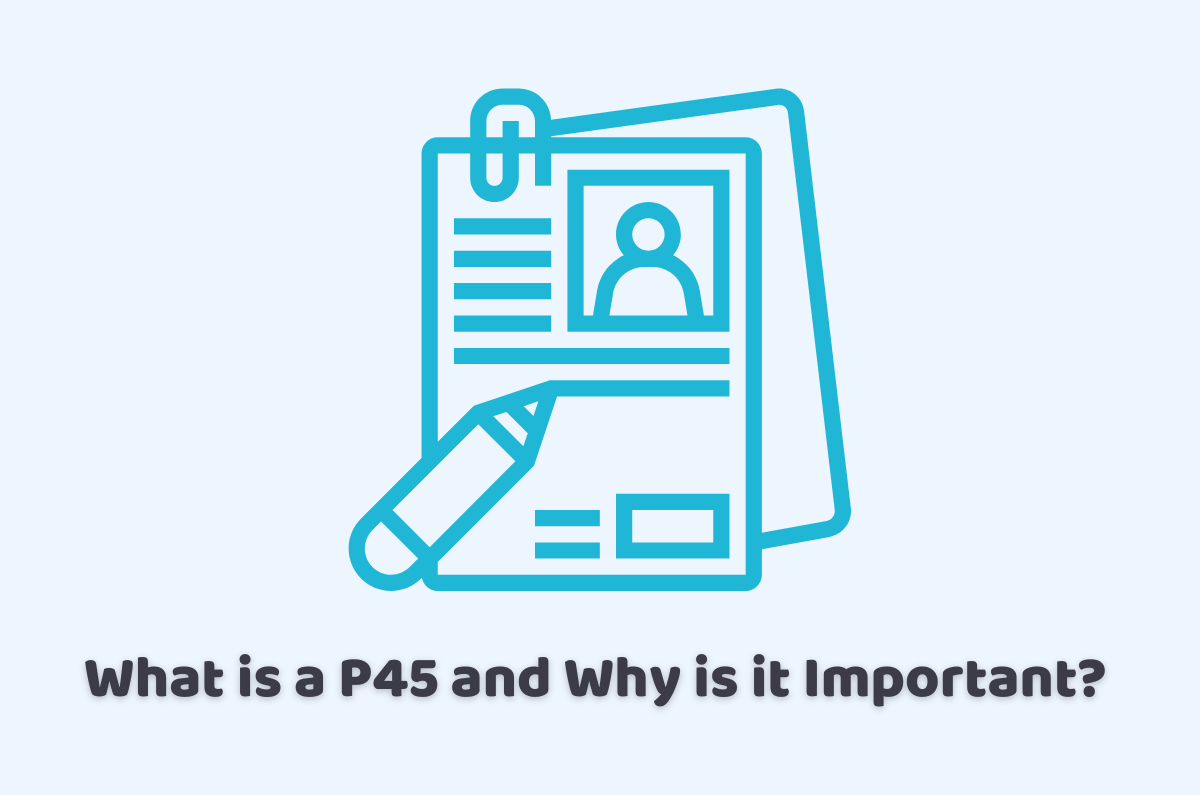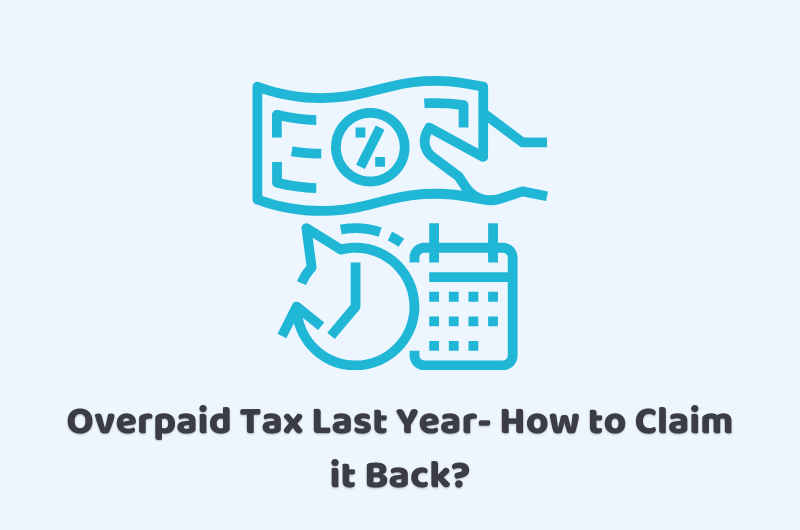
24/11/2022tax , Tax Issues , Tax News and Tips , Tax Saving Tips , Taxation
Are you the individual who is planning to work abroad or to live there and leave the UK? The first thing you must gather information about is the tax refund entitlement. This has to do a lot with the current tax status and the unique circumstances of your case that will help HMRC decide whether you are eligible for leaving the UK tax refund. You will have to get in touch with the tax authority of the UK and HMRC to inform them about the date when you are leaving the UK and finally going overseas. This will help them to make the right calculations for your tax refund if any.
Moreover, there are plenty of online calculators available that you can use to calculate your amount of tax refund yourself. In this guide, you will find out what is leaving the UK tax refund, what is the eligibility criteria, what is the amount of tax refund, and how can I get the tax refund before I leave the UK to settle overseas.
Talk to our best accountants and bookkeepers in the UK at CruseBurke. You will get instant help whether you want to learn about leaving the UK tax refund.
What is Leaving the UK Tax Refund?
Leaving the UK tax refund refers to an amount that you will have to claim within four years after leaving. This works as the timescale of the refund. The tax office will require a claim to be received considering the limit of the timescale before you expect to receive the amount of refund. This can be the overpaid income tax that you paid in the same year when you left the UK to settle abroad or to move back to your country.
Who is Eligible to Claim the Tax Refund after Leaving the UK?
The UK residents who have now planned to move overseas are in a position to claim a tax refund. This is allowed because of the fact that you will no longer have the status of being a UK resident and the tax implications will not be implemented anymore. You will have to pay the tax in the new country that you are planning to move in. For the cases who have lived for a long time in the UK or have worked here, and now want to move back to their own country, it is allowed to claim the tax refund before they leave the UK. However, you will have to be a PAYE employee and must have left the UK within the past four years. Also, consider that you were earning an amount that you were able to pay the income tax in the year of claim.
How Much UK Tax will I Get after the Refund Claim?
According to the information provided by HMRC, there is no upper limit decided for such cases. There are multiple factors that you will have to consider and it depends on the unique circumstances that will decide the amount of tax refund. Especially when you have more than one income source. For these factors, your situation will be considered to provide the amount of tax to your unique case. Because it always varies from one person’s case to another.
The common practice is that you get the income tax refund from the same year in which you plan to leave the UK. HMRC will decide the amount of tax you have paid in the situation of leaving and the amount you would have paid if you were planning to stay in the UK.
How will I Get the Refund if My Claim is Accepted?
It is the job of the tax office to provide an accurate calculation of any overpaid tax and generate a P800 form that will have all the details about the amount of your tax refund. The breakdown of your tax refund will also be updated on your personal tax account of you own one and the tax authority will post the form to your available address. Moreover, you are even allowed to explain to HMRC how you are comfortable getting the tax refund. You have the option of getting the tax refund to one of your UK banks through the bank transfer or receiving a cheque for the payment. There are several cases when people do not have any personal bank account in the UK. If that is the case with you, you have the option to nominate someone who will receive the tax refund in their account on your behalf.
The Bottom Line
Now that you have gathered a fair amount of information about leaving the UK tax refund, we can bring the discussion towards wrapping up. Getting a tax refund might sound exciting and add up to your existing amount of money while you are leaving the UK and planning to settle overseas. However, there are multiple factors that are considered to be entitled to the tax refund. If you meet the eligibility criteria, you will be lucky enough to get the amount. We hope these few minutes of reading will help you to develop a better understanding of how to be eligible for a tax refund while leaving the UK.
Are you seeking professional help to know about leaving the UK tax refund? Why not get help from the experts at the CruseBurke? Talk to us now!
Disclaimer: All the information provided in this article on leaving the UK tax refund includes all the texts and graphics. It does not intend to disregard any of the professional advice.



